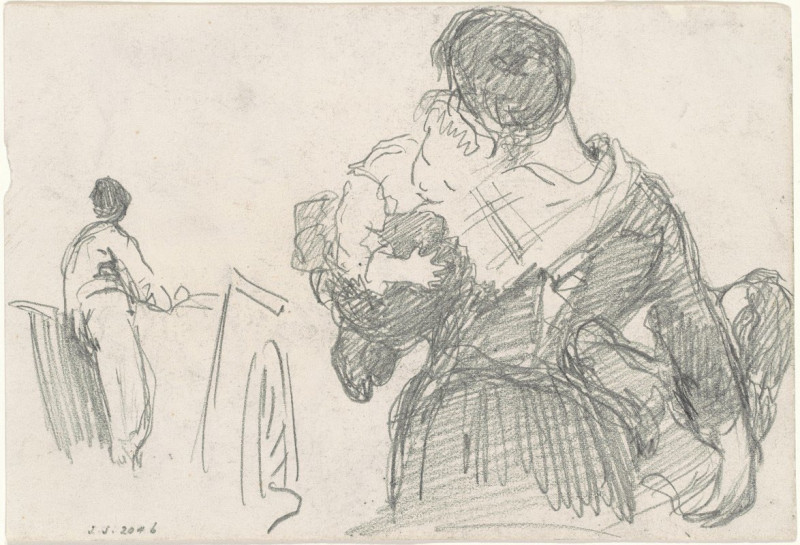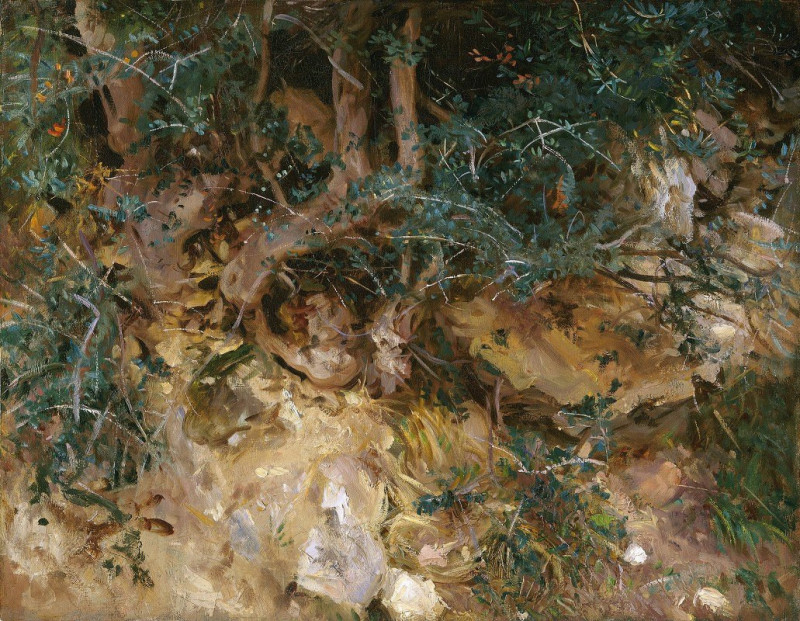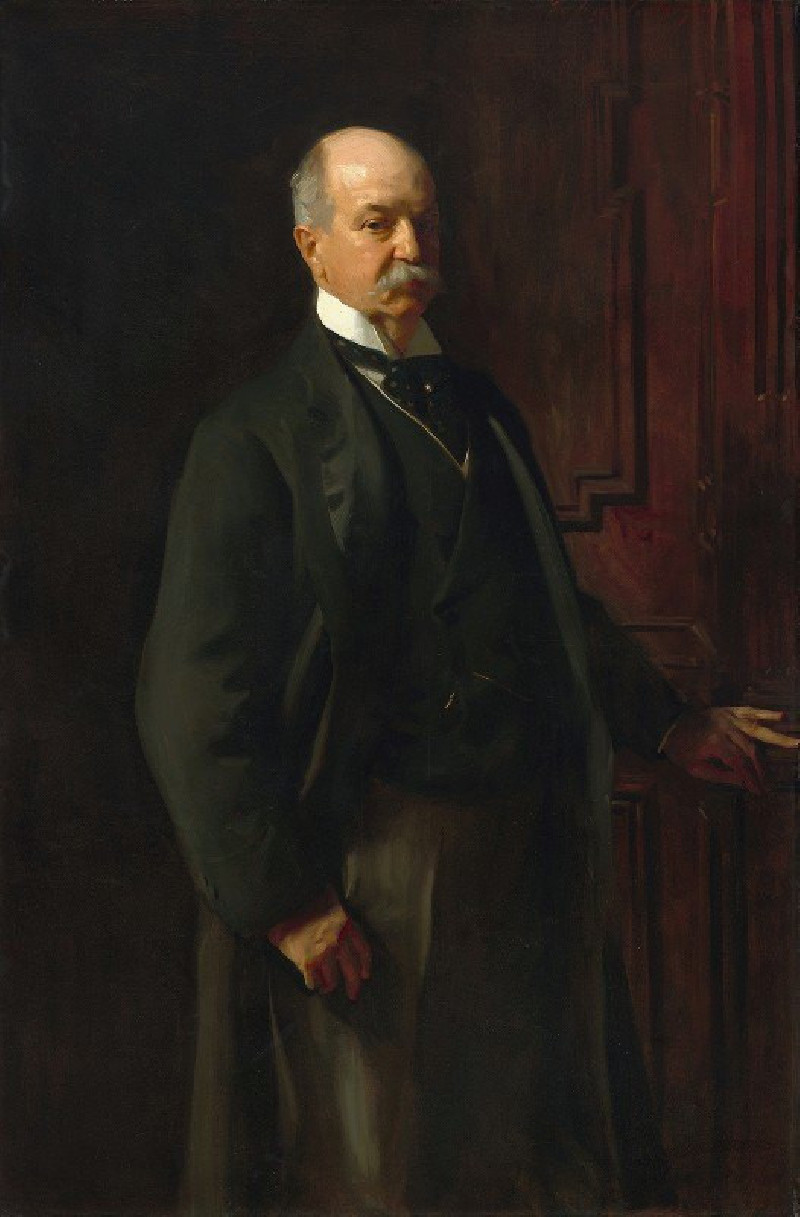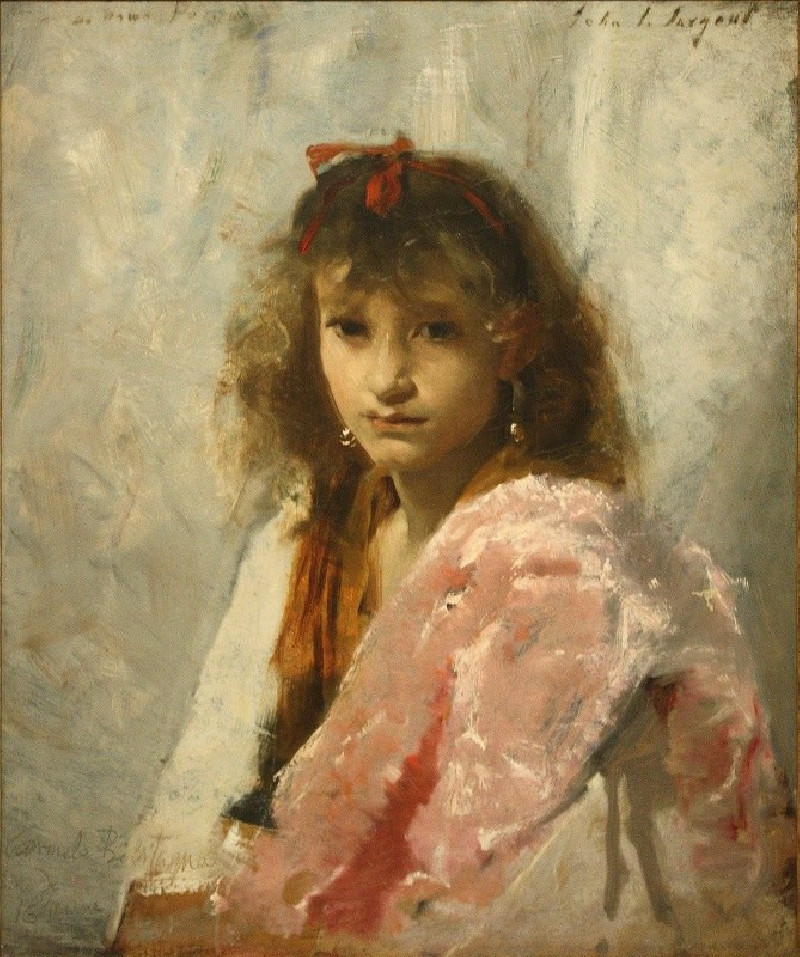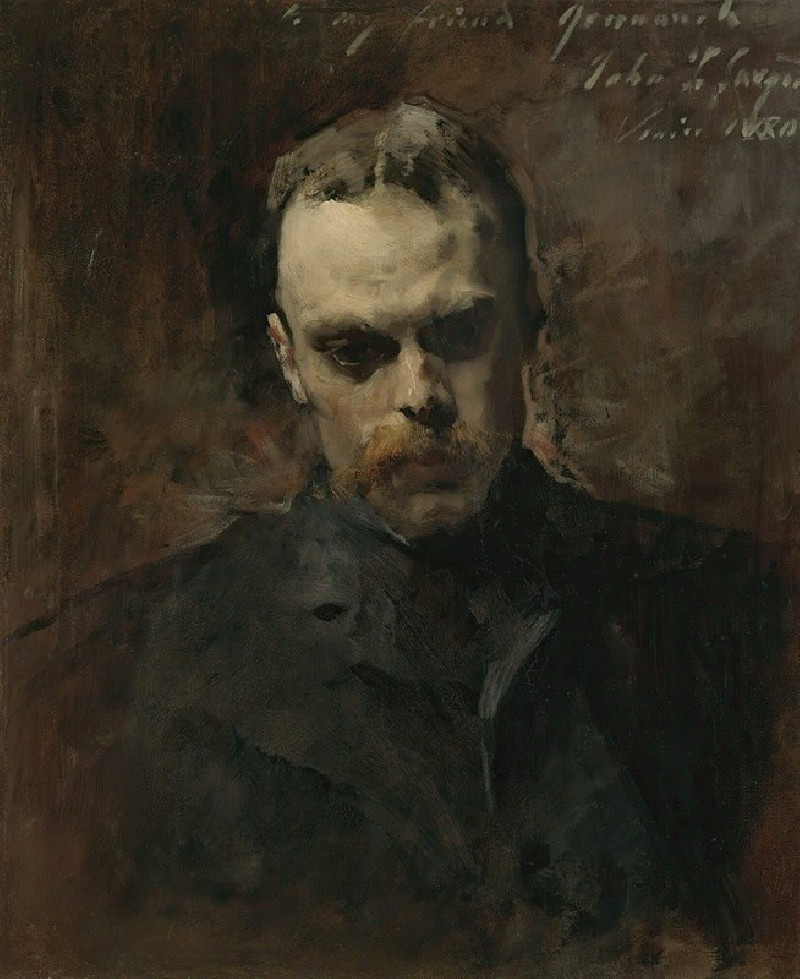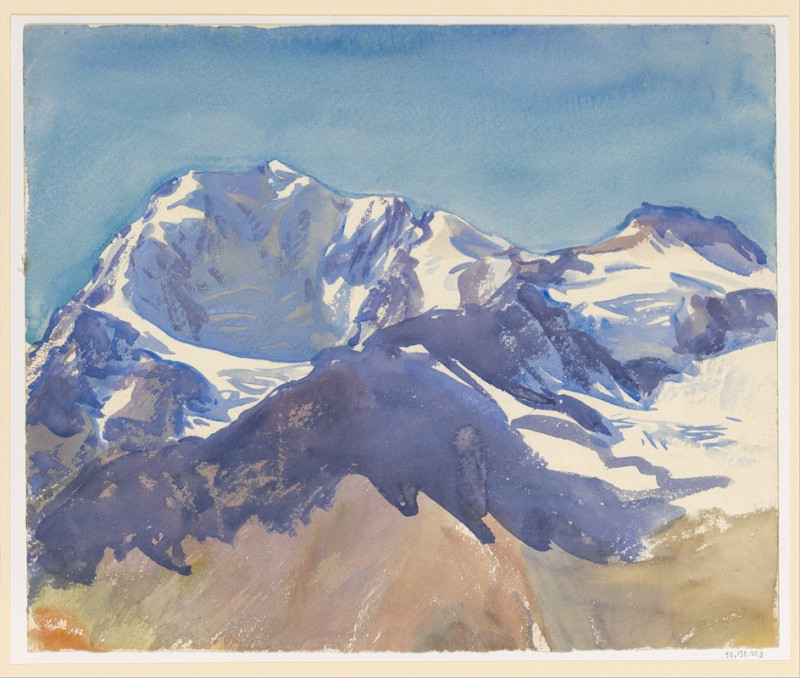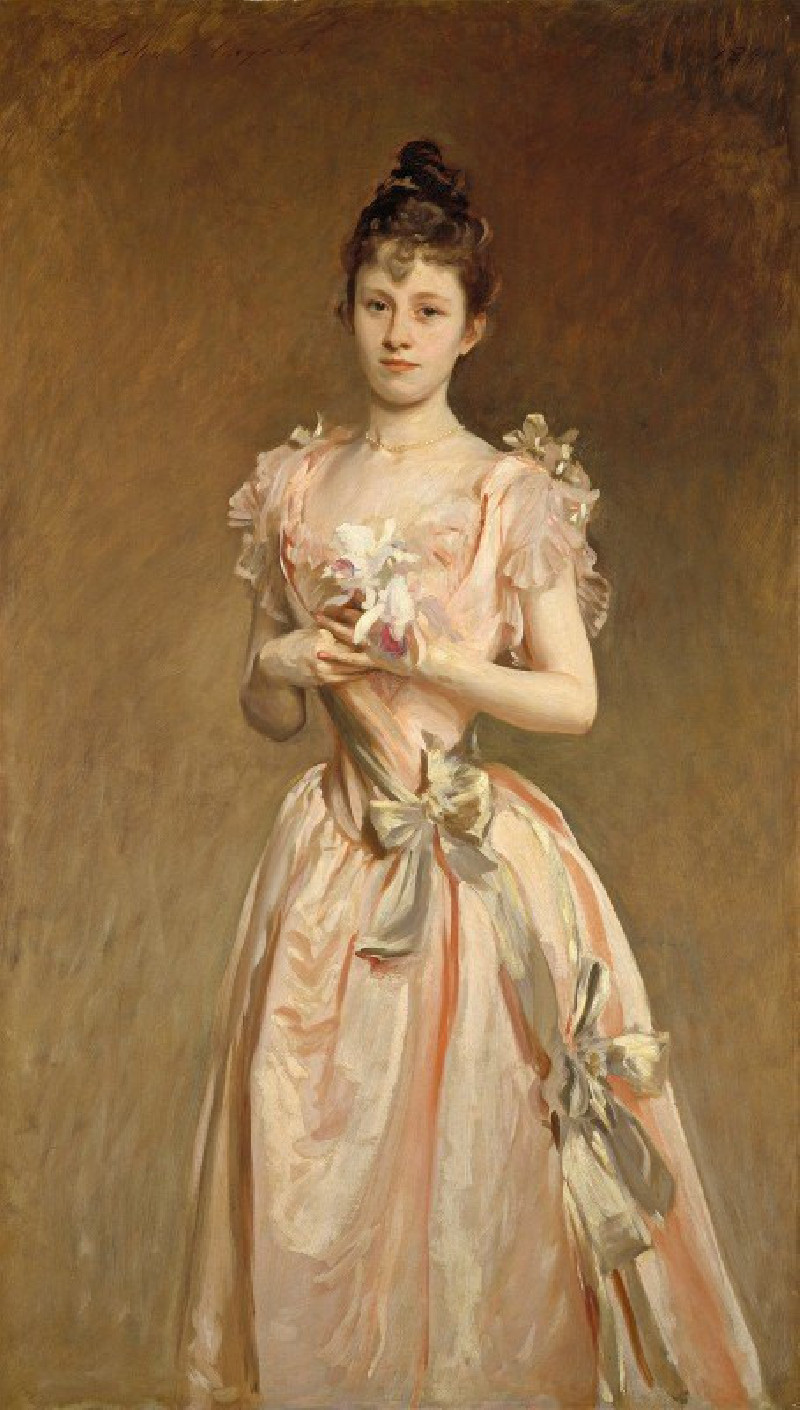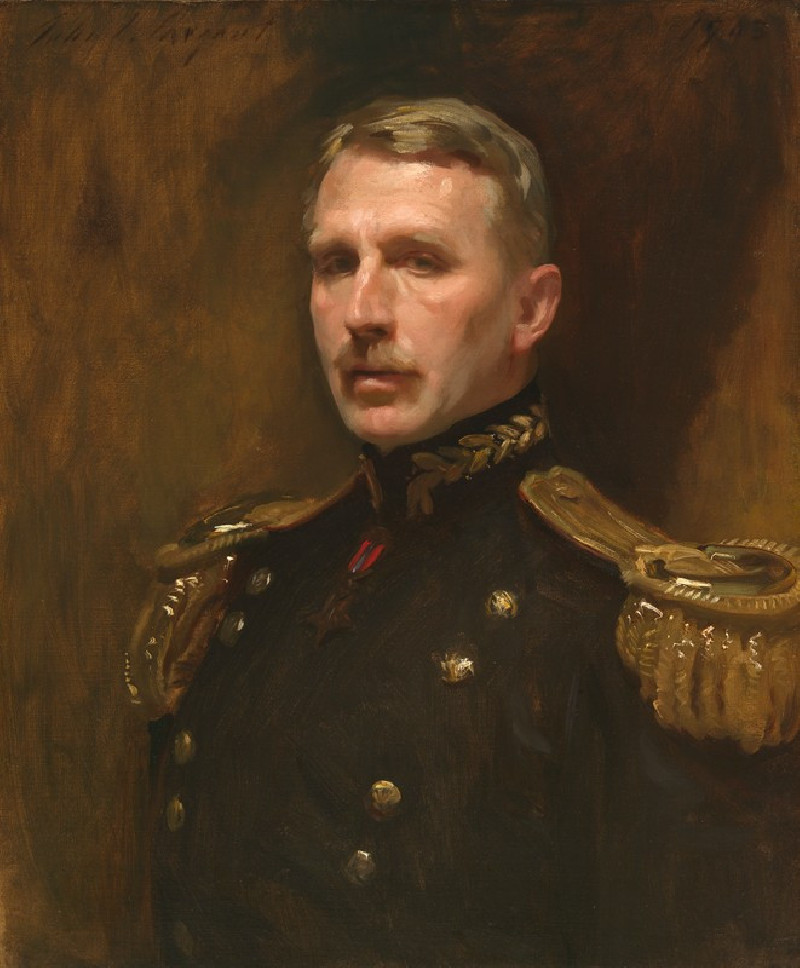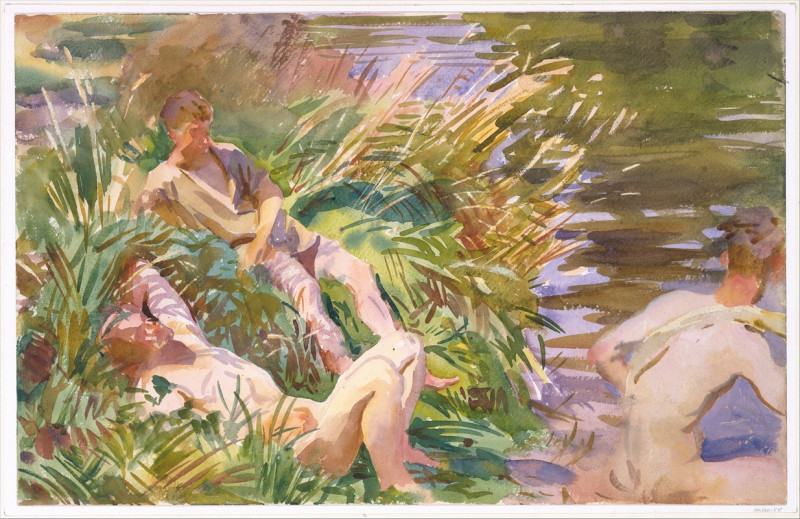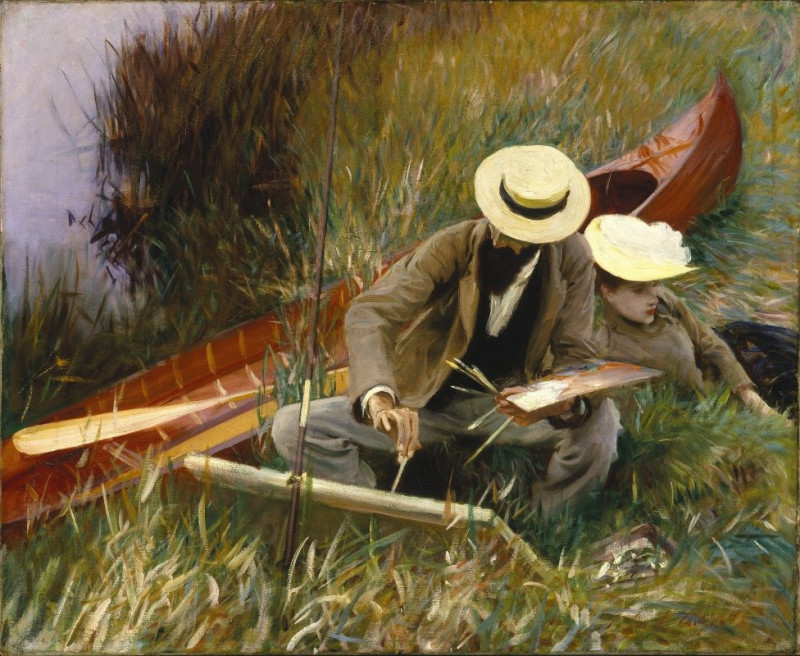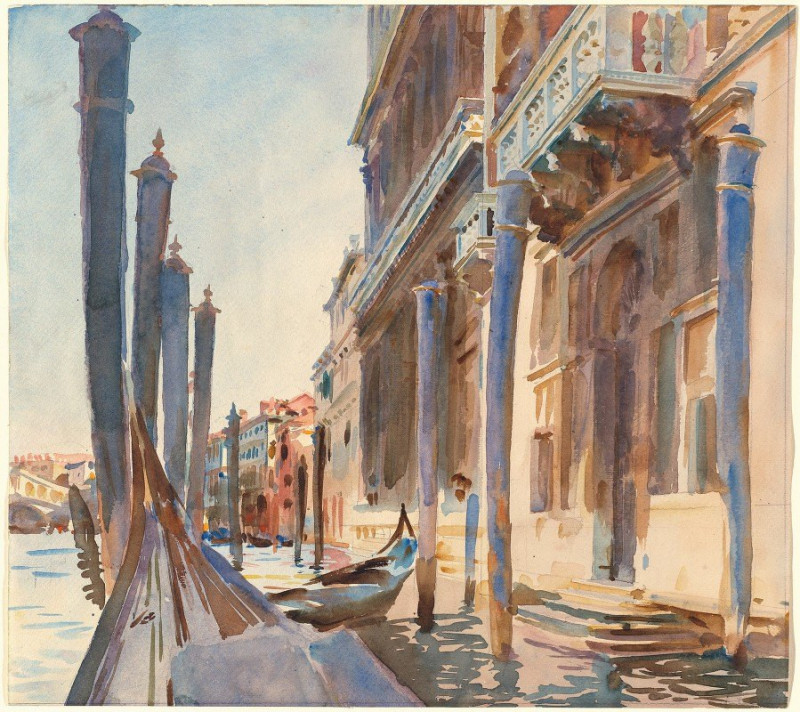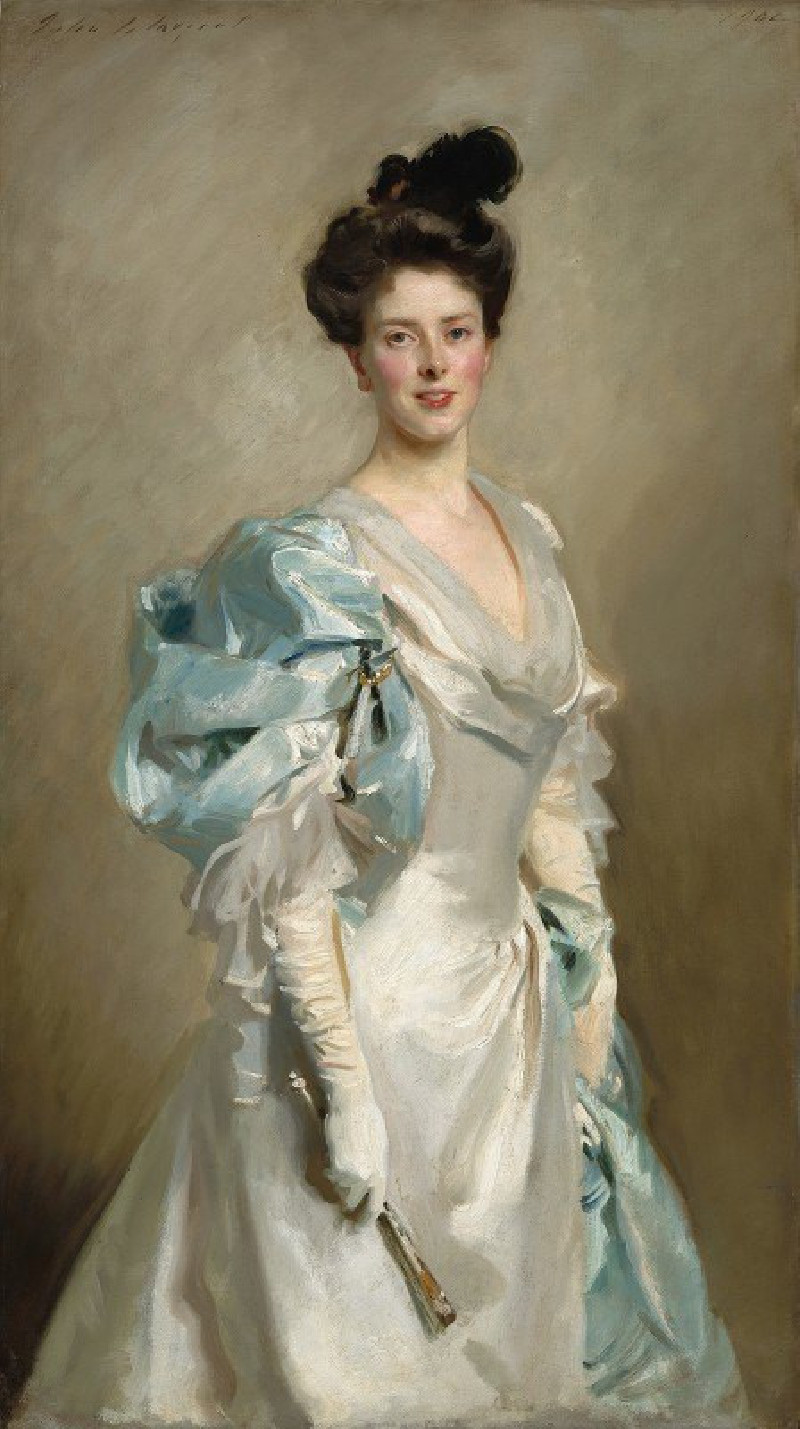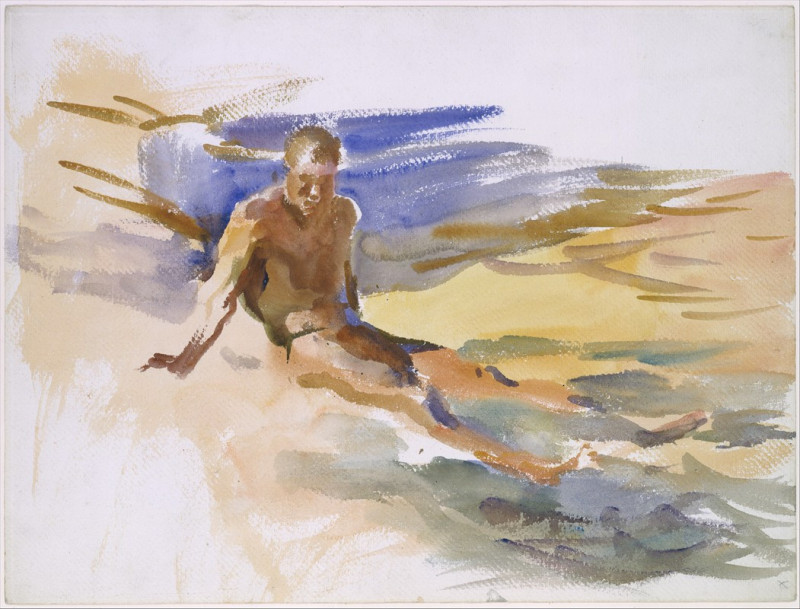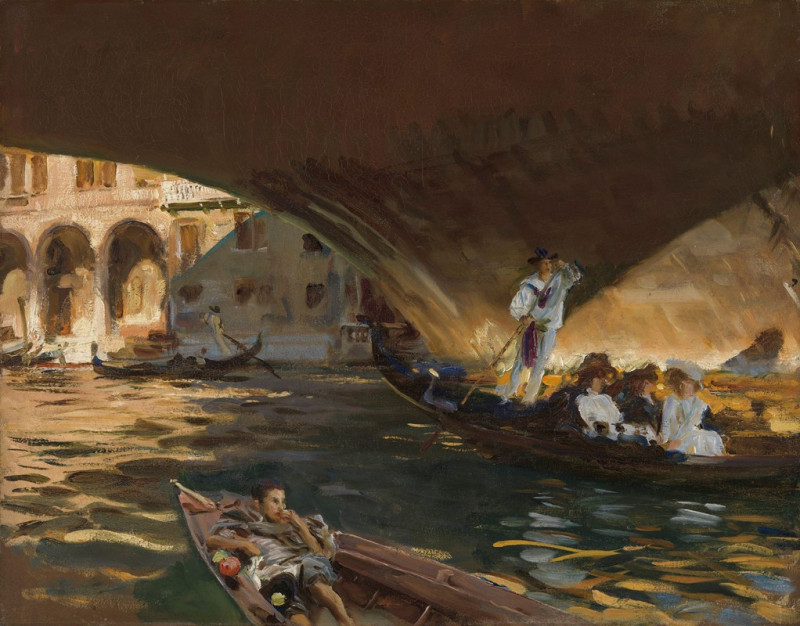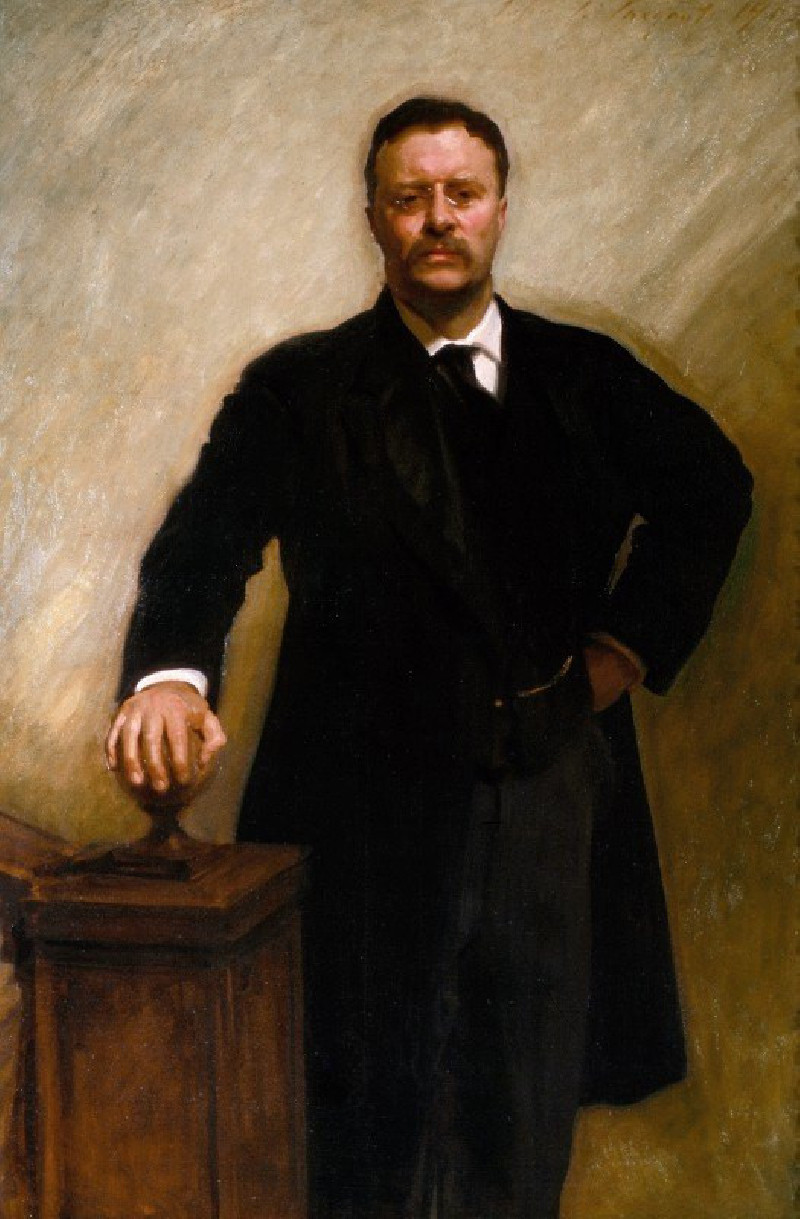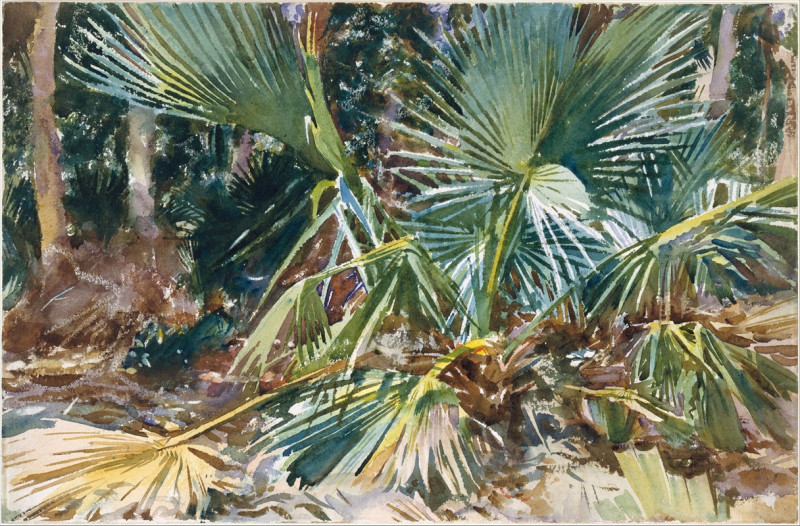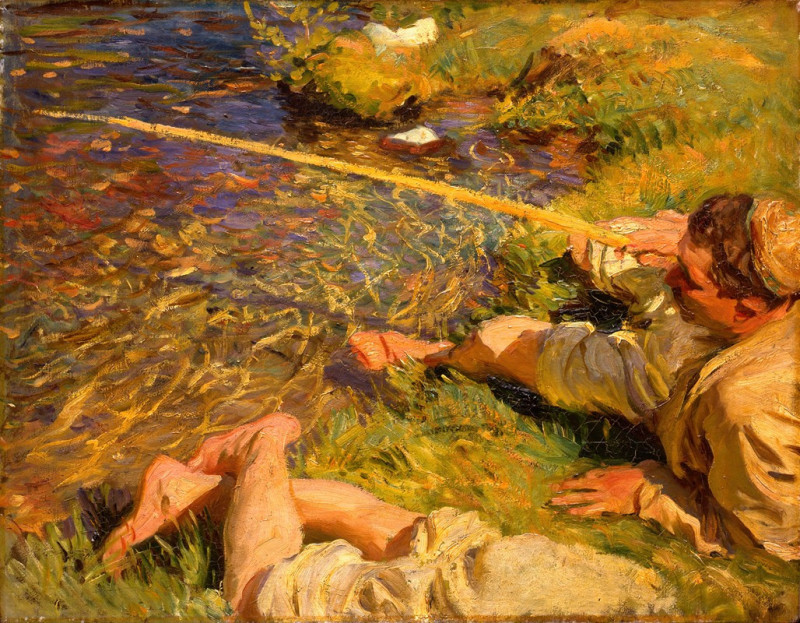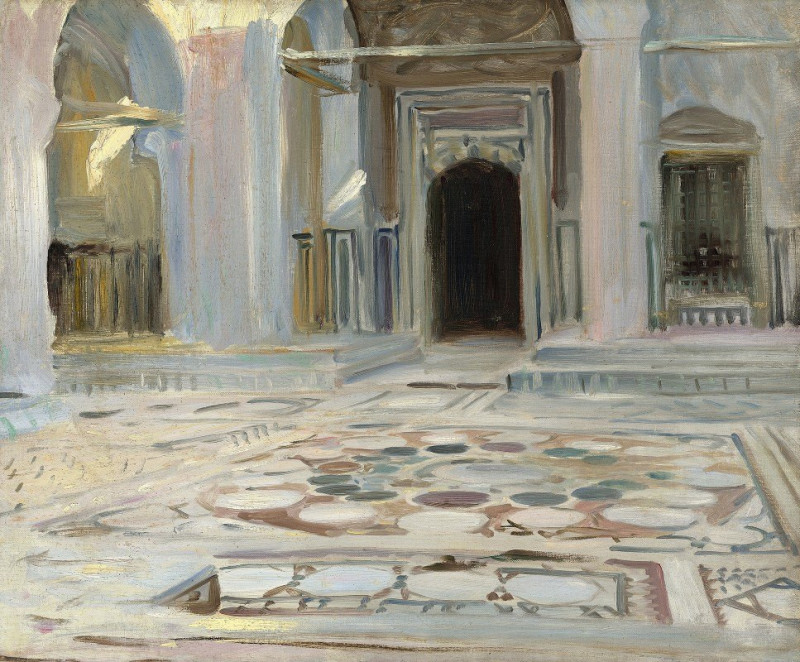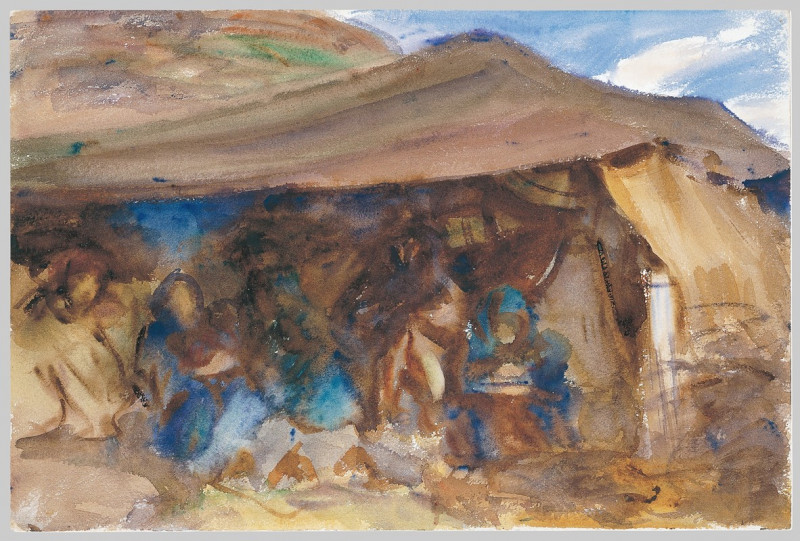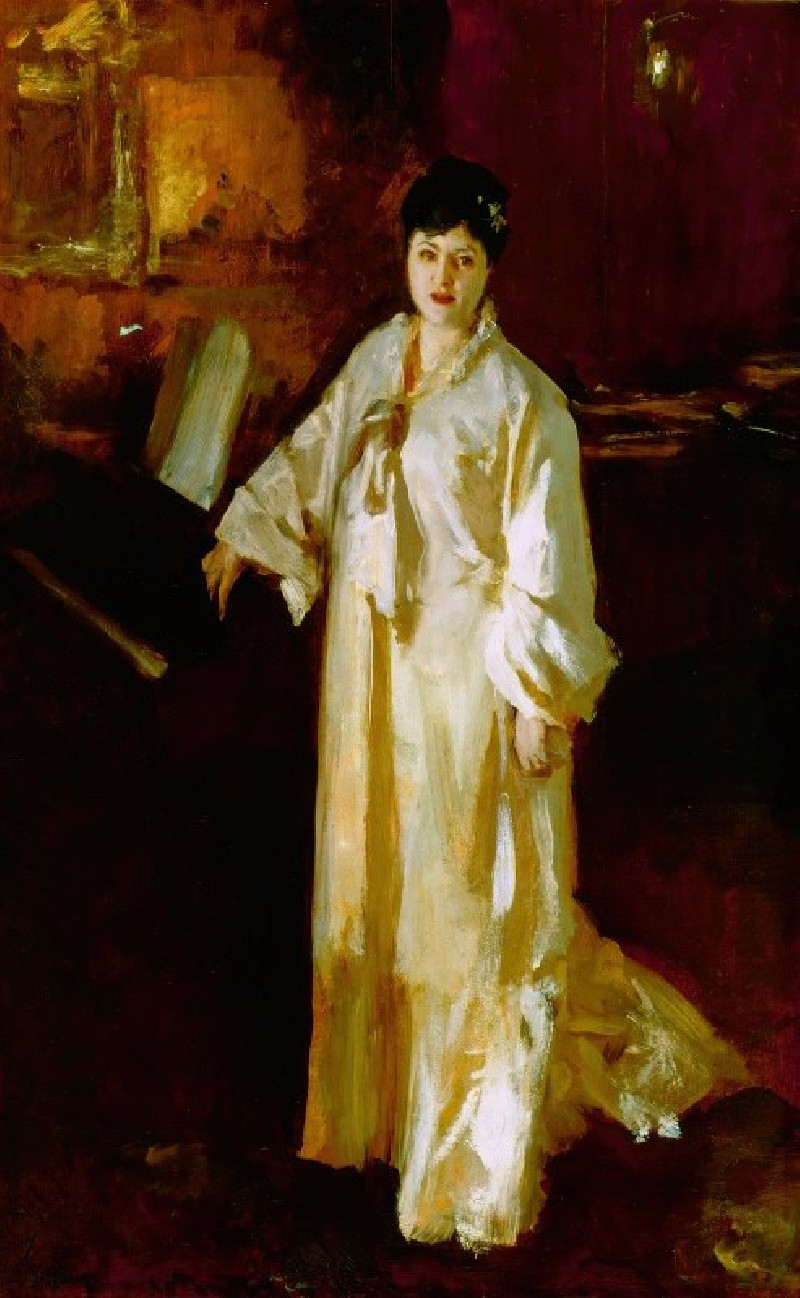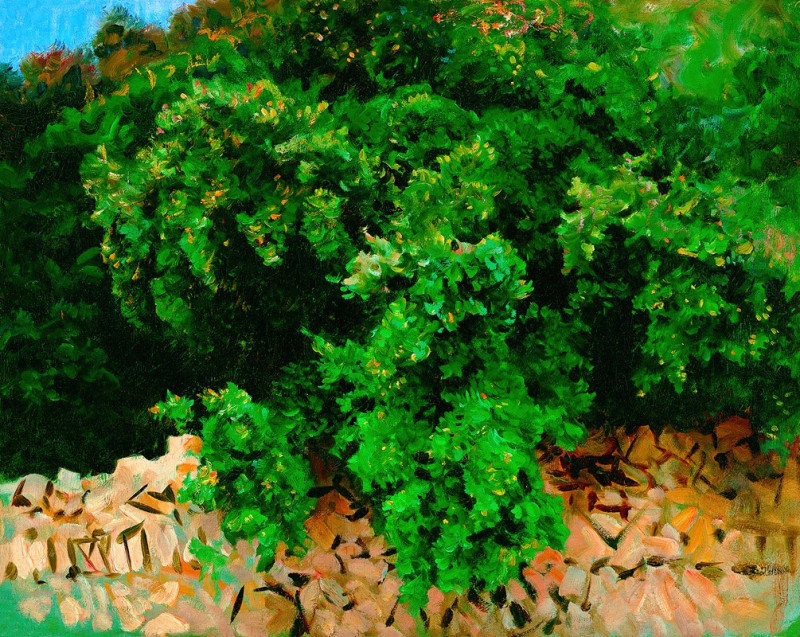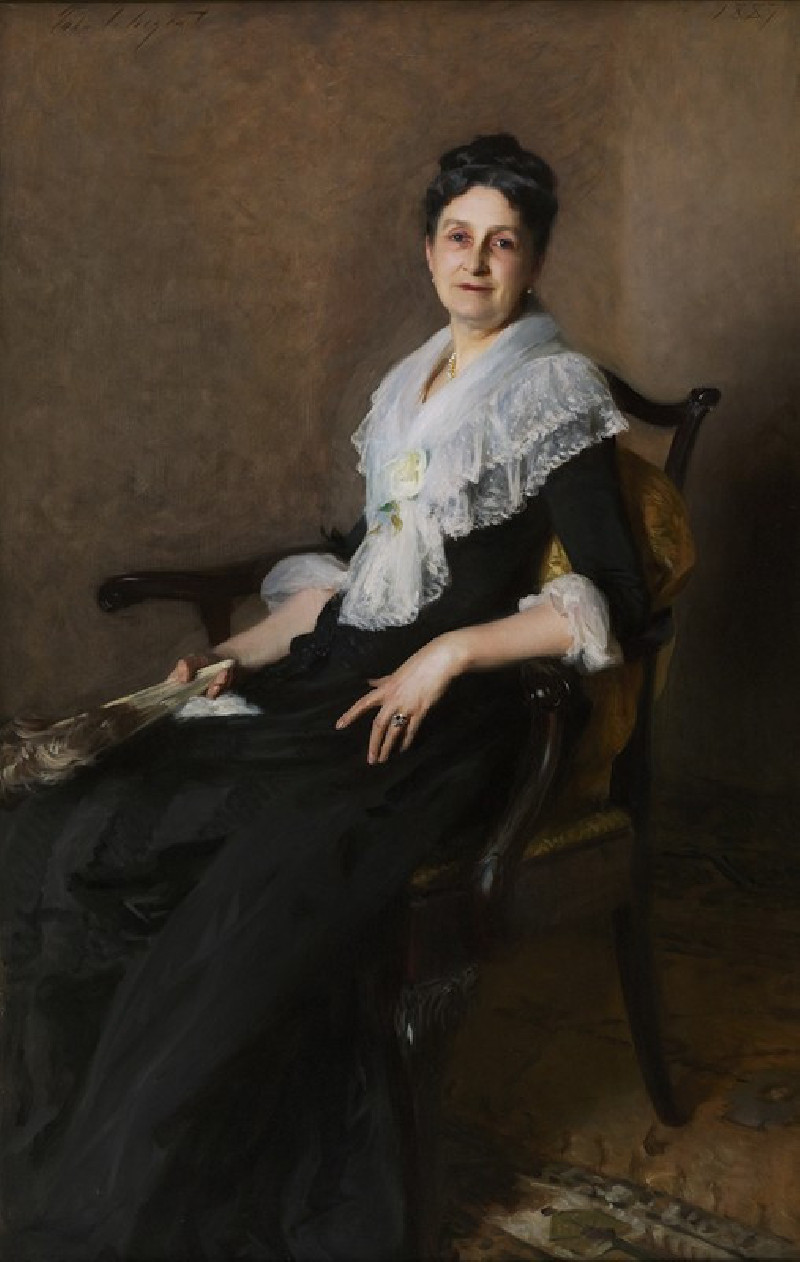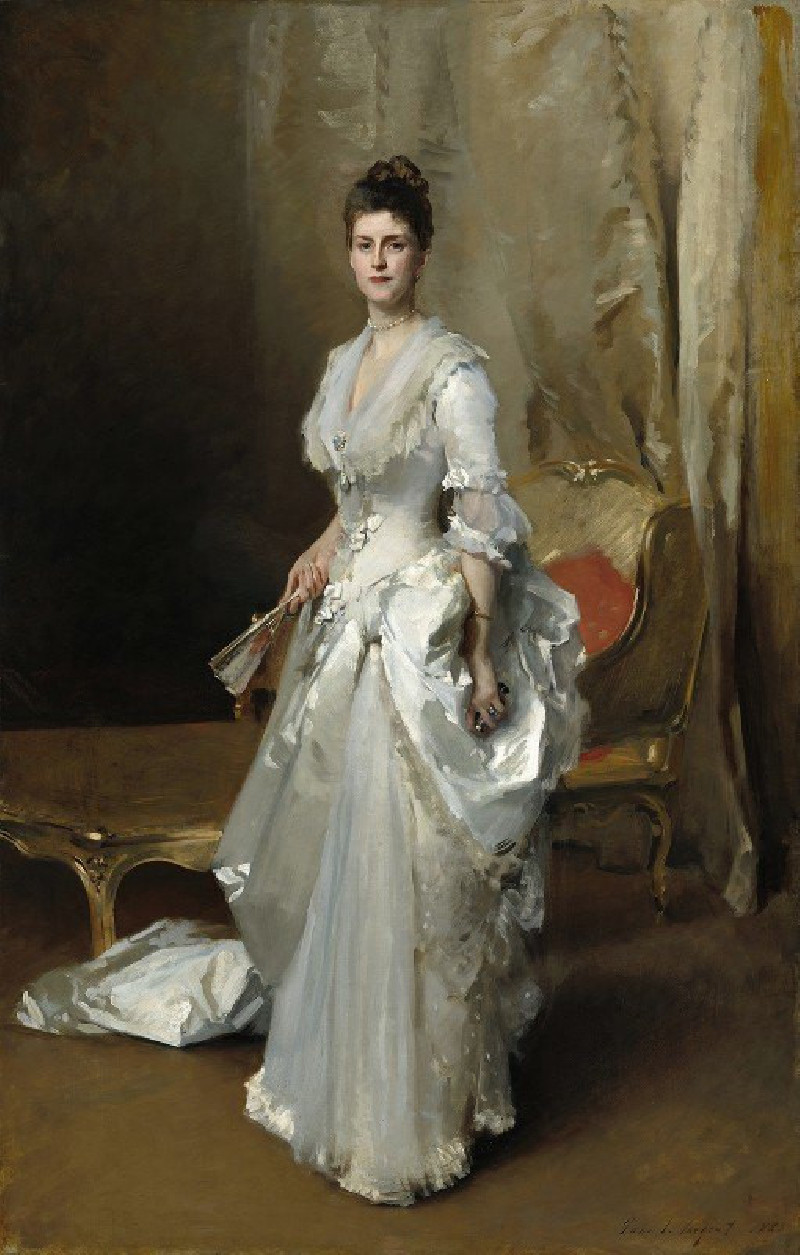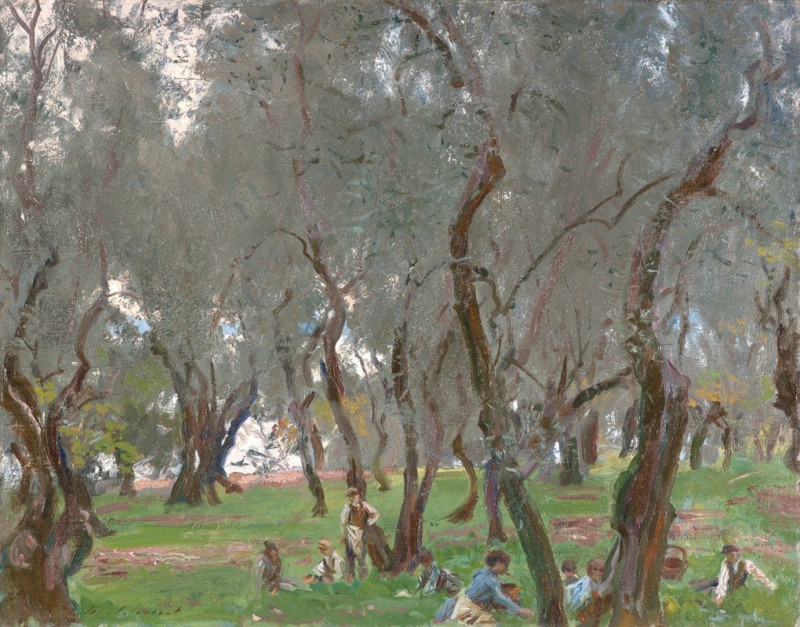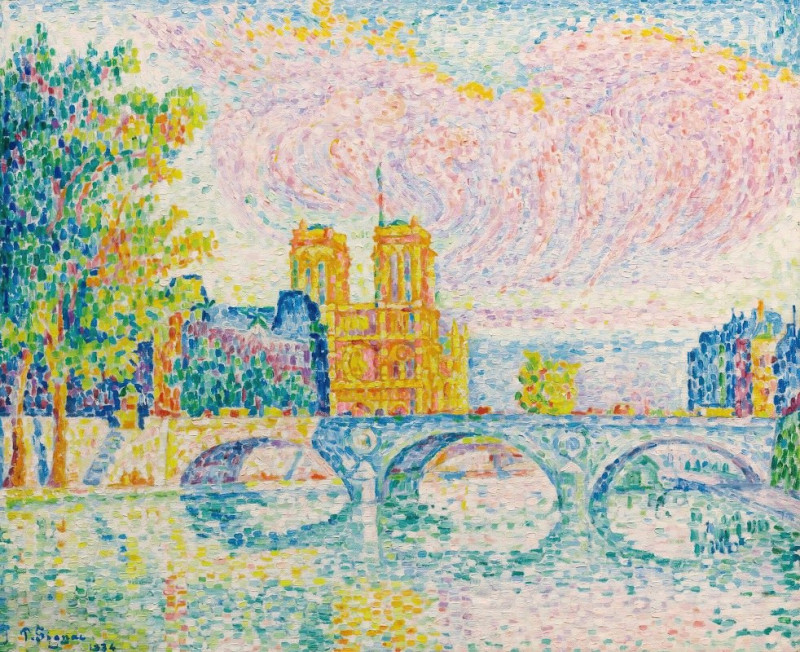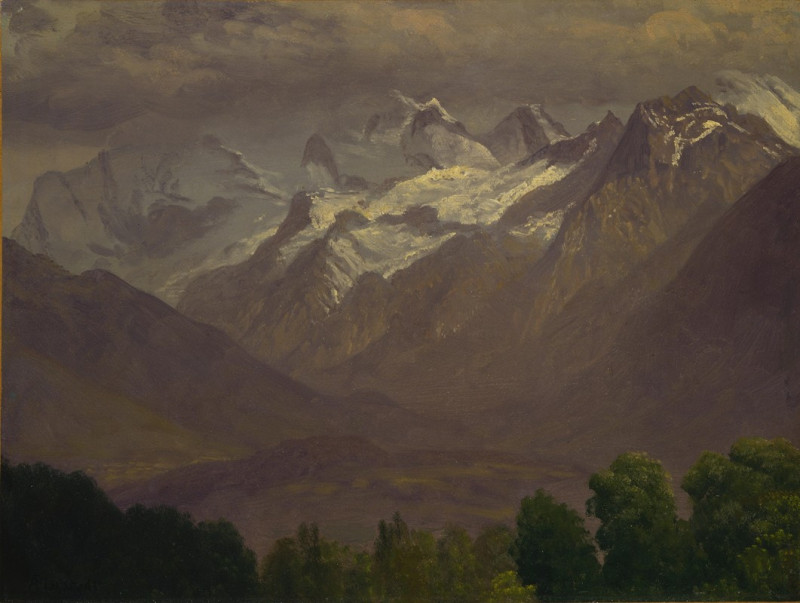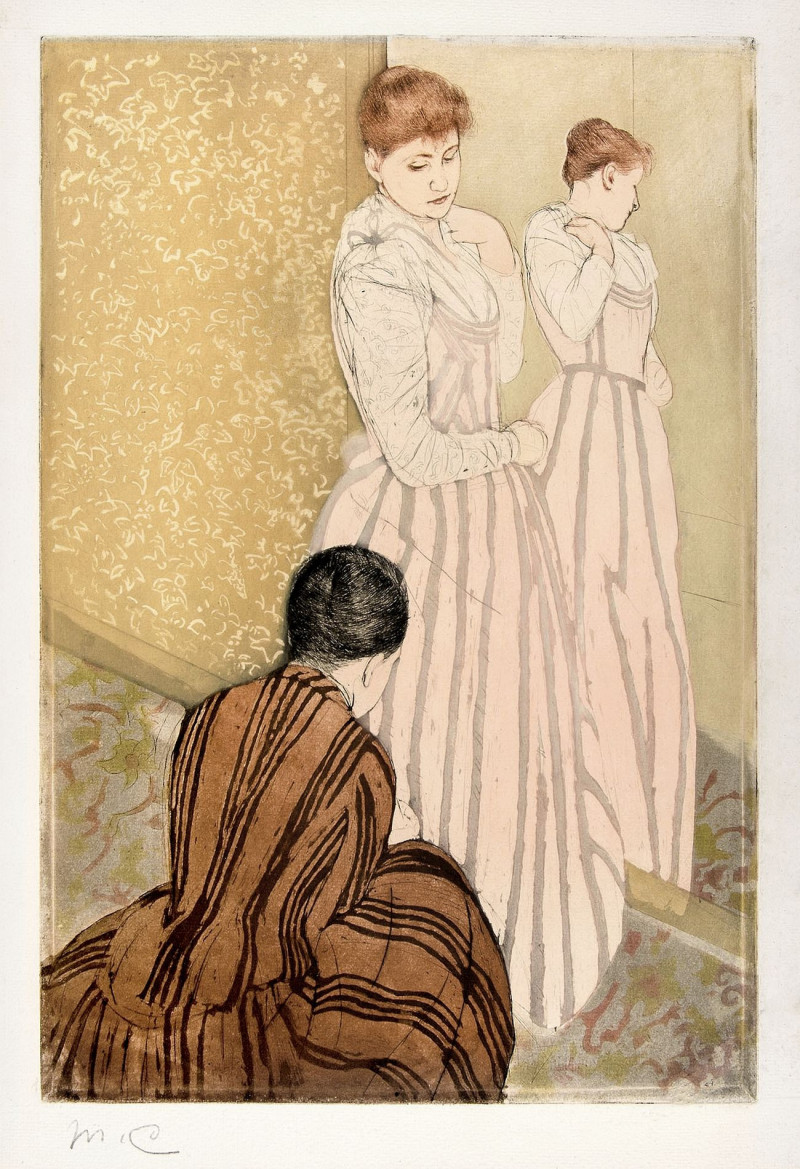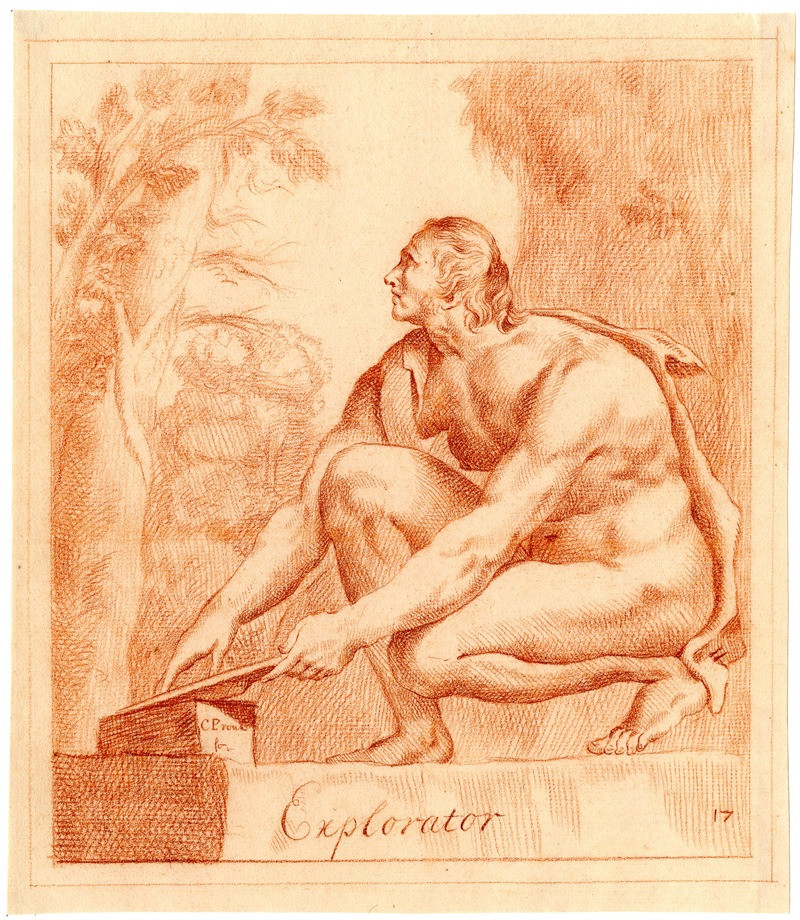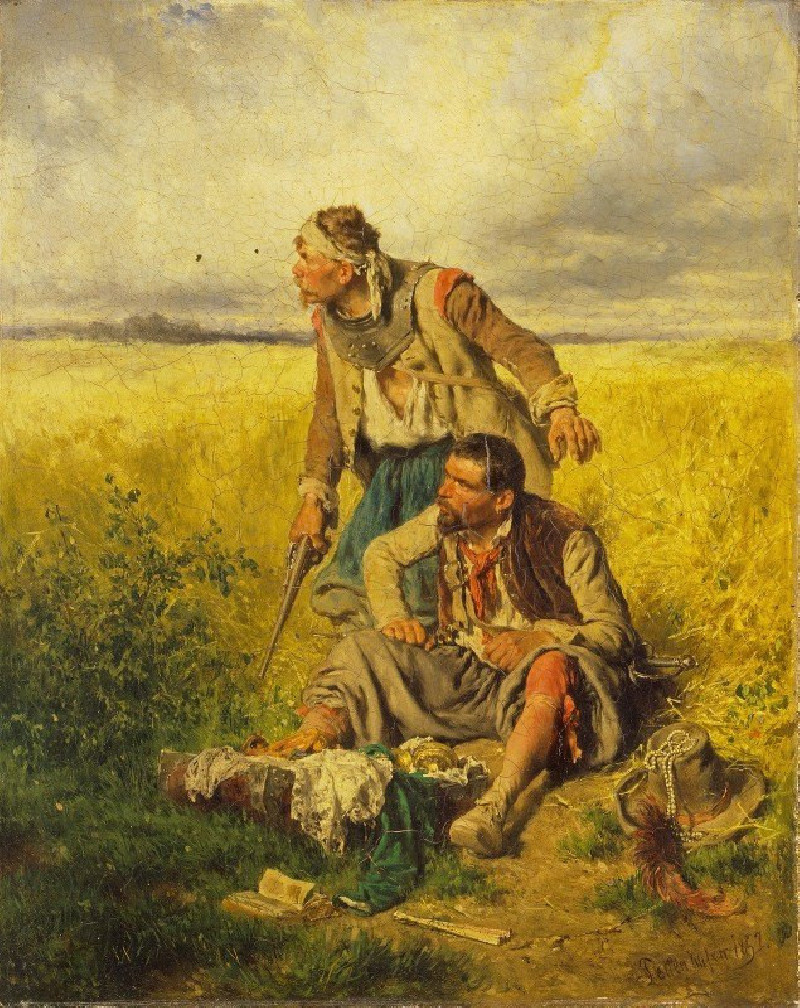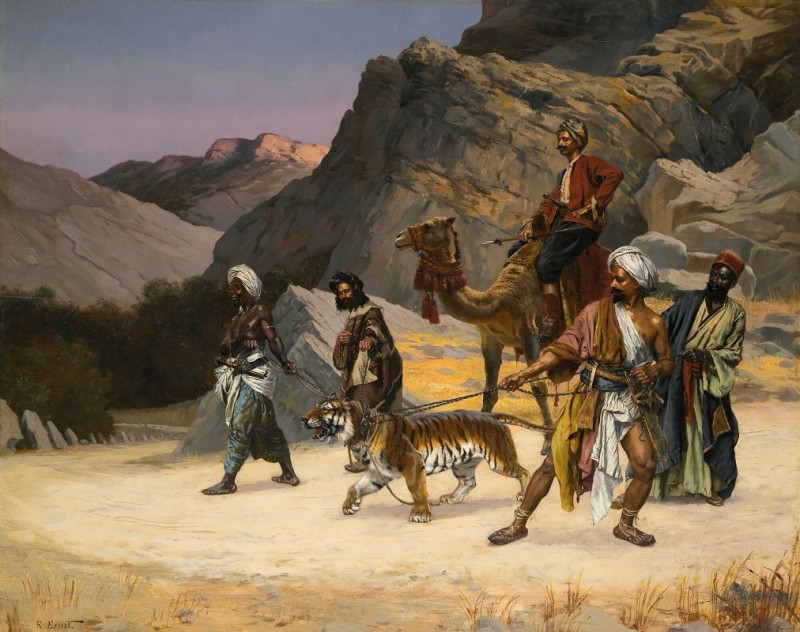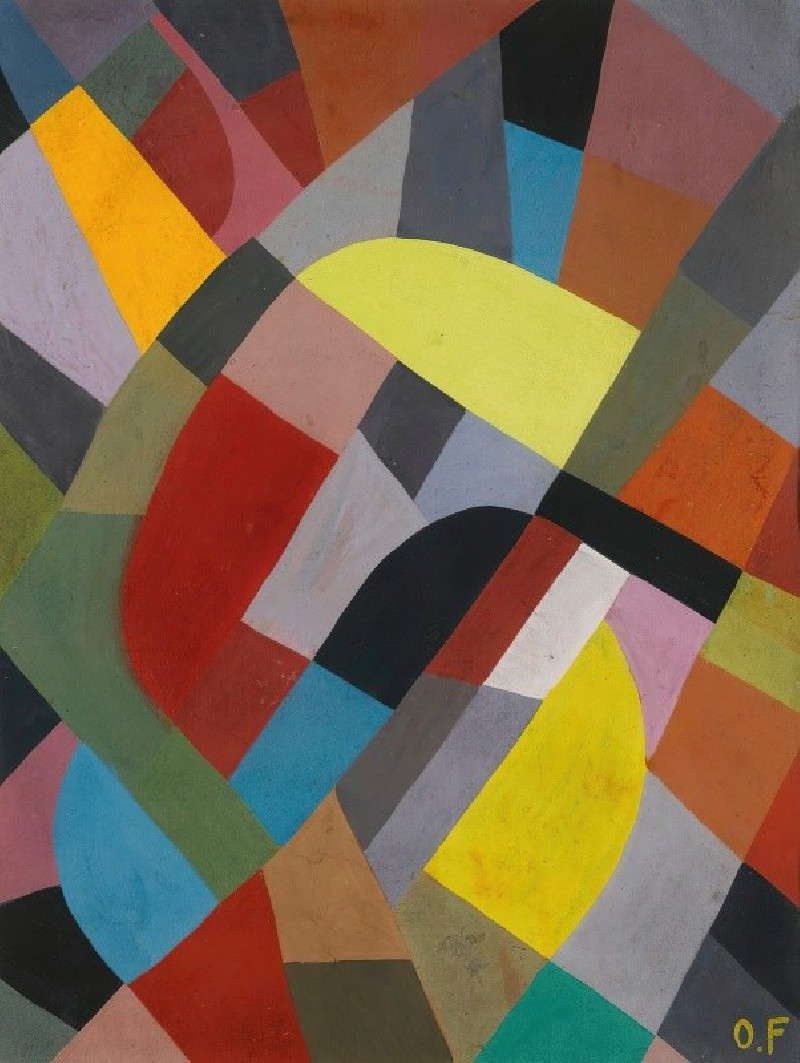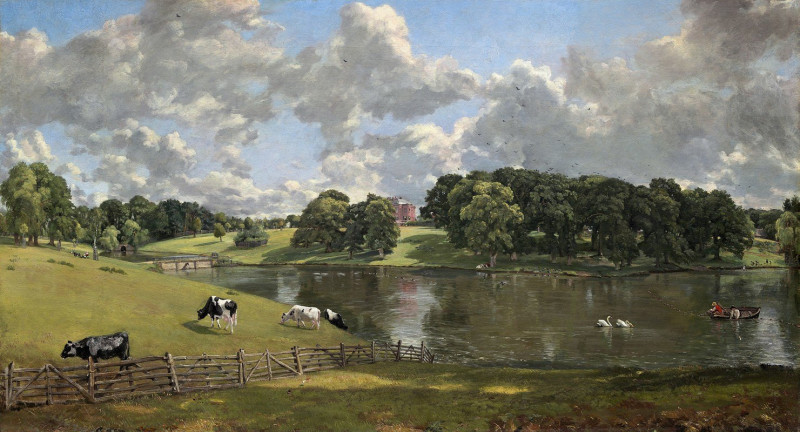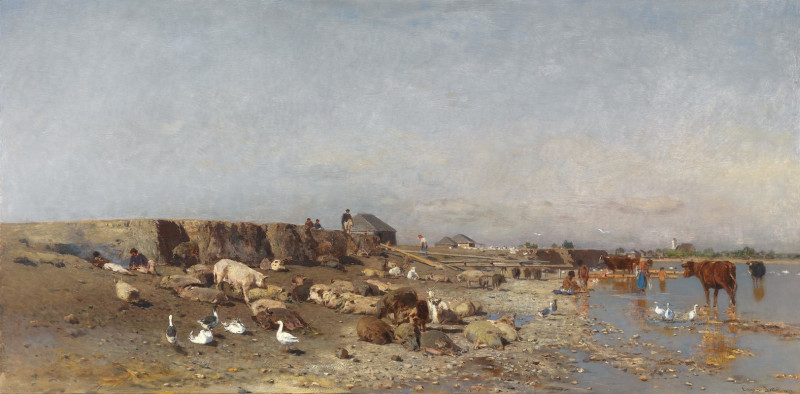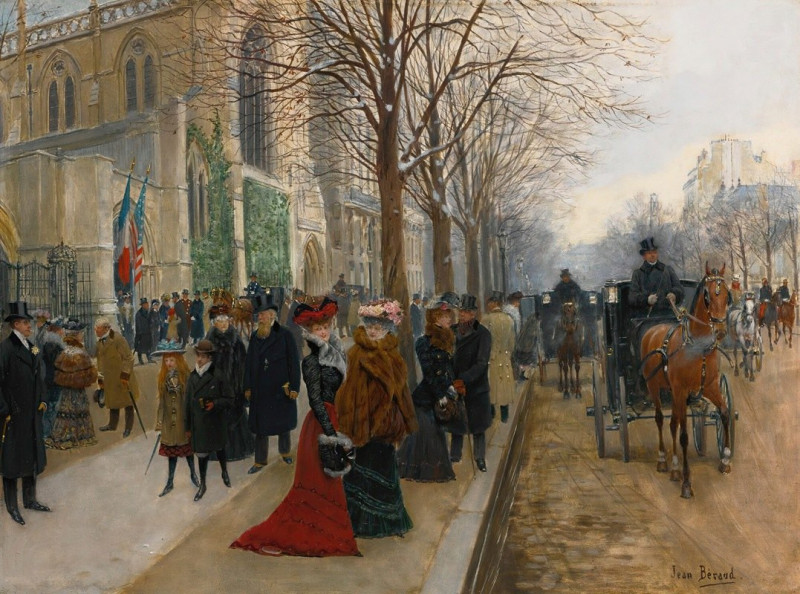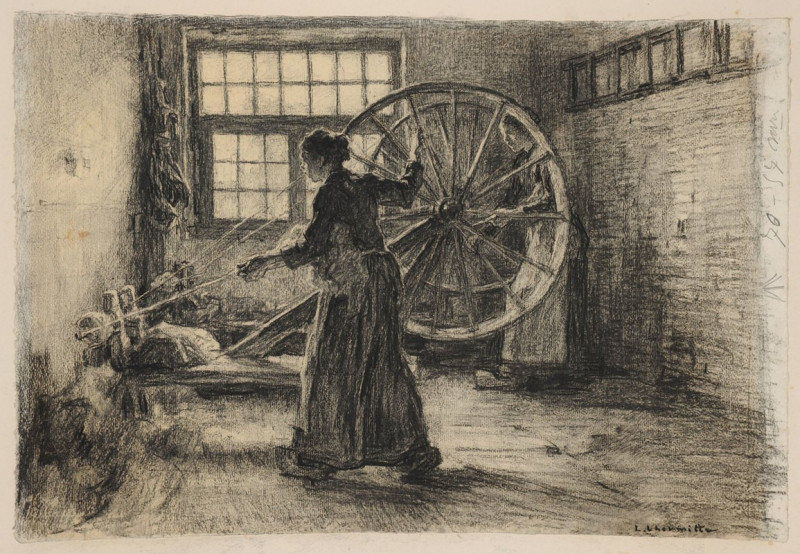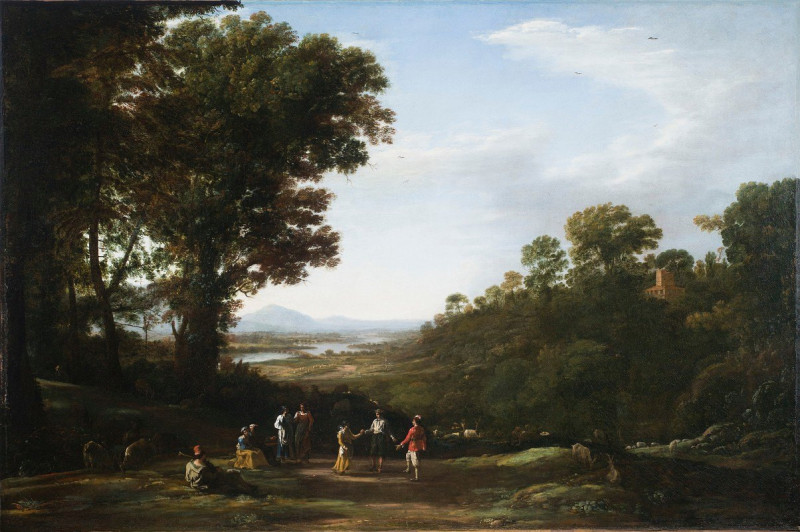Mother and Child (recto) (c. 1871-1872)
Technique: Giclée quality print
Recommended by our customers
More about this artwork
John Singer Sargent’s sketch titled "Mother and Child (recto)" (circa 1871-1872), captures a tender and intimate moment that beautifully exemplifies his masterful use of loose, expressive lines. This drawing, primarily executed in pencil, portrays a mother tenderly holding her child. The mother's attention is entirely focused on the child, providing a compelling depiction of maternal affection and the close bond between mother and child.On the other side of the room, the figure of another individual, possibly another family member or a caregiver, adds depth to the scene, suggesting a quiet, domestic environment. The soft sketch lines and minimal detail give the piece a gentle, almost ethereal quality, allowing viewers to focus on the emotional resonance of the subjects rather than intricate detail.This sketch not only reflects Sargent's skill as a draftsman but also provides insight into the themes of family and intimacy that resonate throughout his broader body of work.
Delivery
Returns
Born in Florence to American expatriate parents, John Singer Sargent (1856–1925) is considered Europe's leading portrait painter of the Edwardian era. He was educated at both Accademia delle Belle Arti and Paris's École des Beaux Arts. While in Paris, under the guidance of Émile–Auguste Carolus–Duran, a portraitist and muralist, Sargent learned to paint directly from observation without first sketching, employing a fluidity, influenced by the Impressionists. Sargent created more than 2,900 paintings, mainly portraits and landscapes from his travels across the Atlantic, Europe, the Middle East and America.

